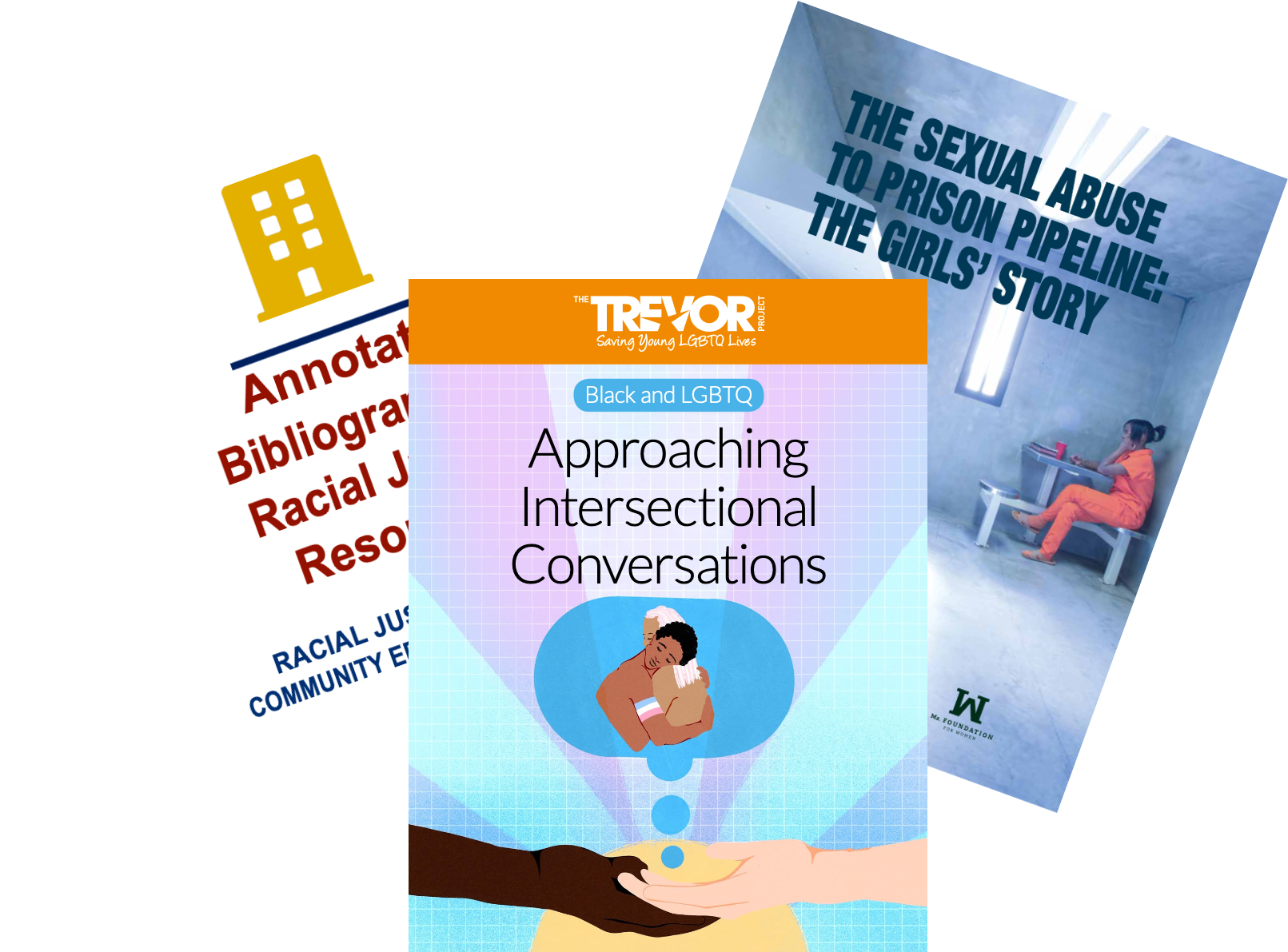Video Tutorials
Talking To Our Clients About Identity
Below are two videos of client meetings. The first half of each video illustrate a lawyer who is struggling to speak to their client about identity, and then the second half of the videos illustrate how lawyers can repair damage from less than smooth conversations and speak to their clients in a supportive way about their identity.


